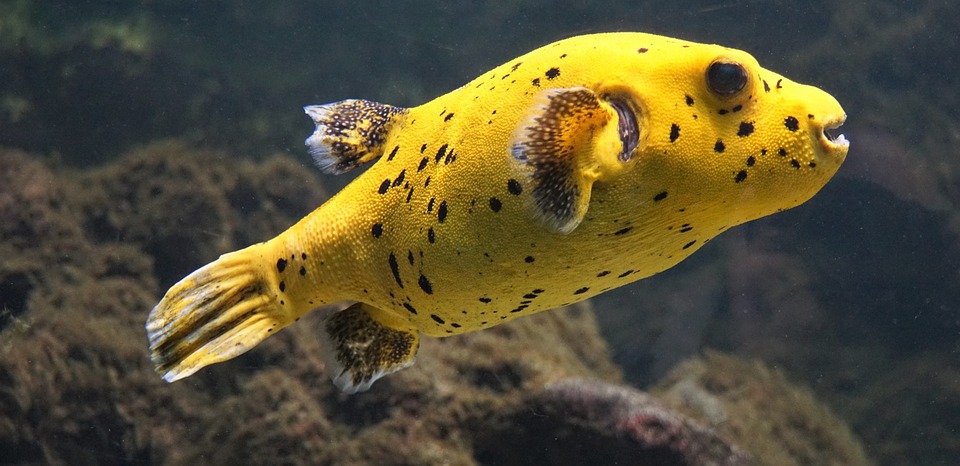*Heading 1: Introduction*
Welcome to our comprehensive guide on fish care, where we will explore the importance of maintaining stable conditions in your fish tank. Sudden changes in water parameters can be detrimental to the health and well-being of your aquatic pets. In this article, we will provide you with valuable tips and advice to help you avoid such fluctuations and ensure a thriving environment for your fish.
*Heading 2: Understanding the Impact of Sudden Changes*
Sub-heading 2.1: The Fragile Balance of a Fish Tank
A fish tank is a delicate ecosystem that requires a delicate balance of water parameters to support the health of its inhabitants. Factors such as temperature, water chemistry, lighting, and feeding routines all play a crucial role in maintaining this balance.
Sub-heading 2.2: Consequences of Sudden Changes in Water Parameters
Sudden changes in water parameters can lead to stress, illness, and even death in fish. For example, rapid drops or increases in temperature can shock fish and disrupt their metabolic processes. Changes in water chemistry can also affect the pH levels, which can have adverse effects on fish health. It is essential to understand the consequences of sudden changes to prevent harm to your fish.
*Heading 3: Maintaining Stable Water Temperature*
Sub-heading 3.1: Choosing the Right Heater for Your Tank
Investing in a reliable heater that suits the size of your tank is crucial for maintaining a stable water temperature. Consider factors such as wattage and adjustable settings to ensure optimal heat regulation.
Sub-heading 3.2: Proper Placement of the Heater
Place the heater near a water flow source, such as a filter outlet, to ensure even distribution of heat throughout the tank. This will prevent temperature variations in different areas of the tank.
Sub-heading 3.3: Monitoring and Adjusting Water Temperature
Regularly monitor the water temperature using a reliable thermometer. Adjust the heater settings as needed to maintain a consistent temperature within the desired range for your fish species.
*Heading 4: Consistency in Water Chemistry*
Sub-heading 4.1: Essential Water Parameters to Monitor
Regularly test and monitor parameters such as pH, ammonia, nitrite, and nitrate levels. These parameters directly affect the health of your fish and should be kept within specific ranges suitable for your fish species.
Sub-heading 4.2: Regular Water Testing and Adjustments
Perform routine water tests using reliable testing kits to identify any fluctuations in water chemistry. Make necessary adjustments, such as adding water conditioners or adjusting filtration, to maintain stable water conditions.
Sub-heading 4.3: Importance of Proper Filtration
A well-functioning filtration system is crucial for maintaining water quality. It helps remove excess waste, toxins, and uneaten food, preventing the build-up of harmful substances that can lead to sudden changes in water chemistry.
*Heading 5: Avoiding Drastic Changes in Lighting*
Sub-heading 5.1: Providing Adequate and Consistent Lighting
Ensure your fish tank has appropriate lighting that mimics their natural environment. Consistent lighting helps regulate their biological rhythms and prevents sudden changes that can stress the fish.
Sub-heading 5.2: Gradual Lighting Adjustments
If you need to make changes to the lighting schedule or intensity, do so gradually over a period of time. Sudden changes in lighting can cause stress and disrupt the fish’s behavior and overall well-being.
*Heading 6: Maintaining a Steady Feeding Routine*
Sub-heading 6.1: Appropriate Feeding Frequency and Quantity
Establish a consistent feeding routine and avoid overfeeding your fish. Feed them an appropriate amount of high-quality food at regular intervals to prevent fluctuations in water chemistry caused by excess food waste.
Sub-heading 6.2: Consistency in Food Quality
Ensure the food you provide is fresh and suitable for your fish species. Poor-quality food can lead to digestive issues and affect water quality.
Sub-heading 6.3: Avoid Overfeeding
Overfeeding can lead to an accumulation of uneaten food and waste in the tank, which can result in poor water quality. Feed your fish only what they can consume in a few minutes and remove any excess food.
*Heading 7: The Role of Regular Tank Maintenance*
Sub-heading 7.1: Regular Water Changes
Perform regular partial water changes to remove accumulated toxins and maintain stable water conditions. This helps restore optimal water chemistry and prevents sudden changes that can harm your fish.
Sub-heading 7.2: Proper Cleaning Techniques
Clean the tank regularly, including the substrate, decorations, and filter media, to remove excess waste and debris. This prevents the build-up of harmful substances that can disrupt the balance in the tank.
Sub-heading 7.3: Removal of Excess Waste and Debris
Regularly remove any uneaten food, dead plant matter, and waste from the tank. Excess waste can lead to ammonia spikes and negatively impact water quality.
*Heading 8: Frequently Asked Questions (FAQs)*
Sub-heading 8.1: How often should I test my water parameters?
Sub-heading 8.2: Can I use multiple heaters in a large tank?
Sub-heading 8.3: What should I do if I notice sudden changes in my fish’s behavior?
Sub-heading 8.4: Can sudden changes in water conditions lead to fish diseases?
Sub-heading 8.5: How often should I clean my fish tank?
Sub-heading 8.6: Is it necessary to turn off the tank lights at night?
Sub-heading 8.7: Can overfeeding lead to water quality issues?
Sub-heading 8.8: How can I ensure a consistent feeding routine when I’m away?
By following the guidelines provided in this article, you will be equipped with the knowledge and tools to maintain stable conditions in your fish tank. Remember, a healthy and stable environment is crucial for the well-being of your fish. Happy fishkeeping!









